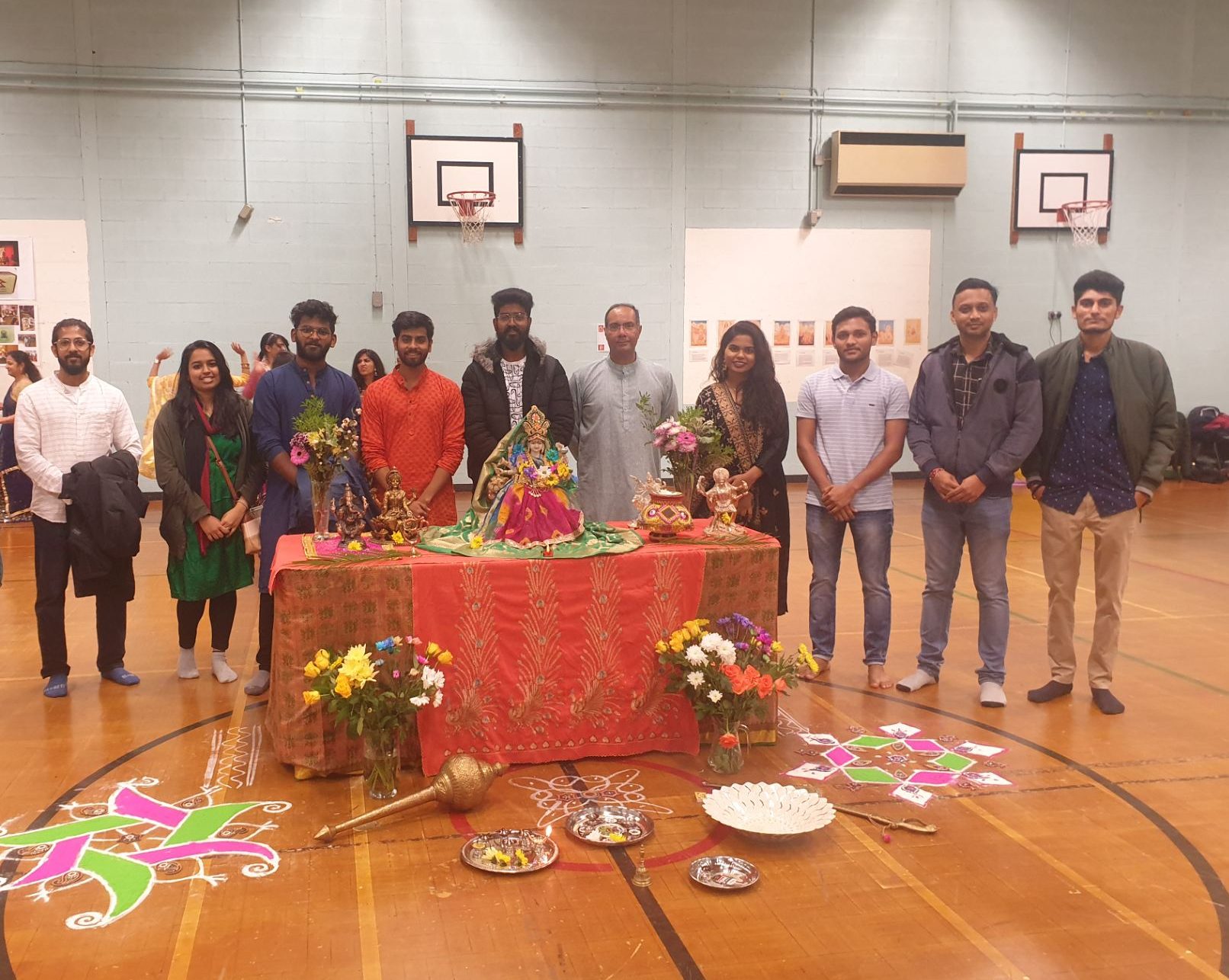Navratri is one of the most important Hindu festivals, celebrated all over the world. This is also one of the oldest celebrations, going back to immemorial times. The word Navratri is derived from two Sanskrit words—’nava’ meaning nine and ‘ratri’ meaning night.
Navratri commemorates the epic fight between the mighty demon Mahishasura and Goddess Durga. Lord Brahma granted Mahishasura immortality on the condition that the mighty Mahishasura could only be destroyed by a woman. Mahishasura fought the Trilok—earth, heaven, and hell—armed with the blessing of immortality and confidence. Even the Gods couldn’t stand a chance against him since only a woman could destroy him. Worried Gods appealed to Lord Brahma, Lord Vishnu, and Lord Shiva for assistance in defeating their greatest foe.
Looking at the hapless Gods, Lord Vishnu decided to construct a woman to battle Mahishasura since, according to Lord Brahma’s gift, only a woman can defeat the demon. Lord Shiva, often known as the god of destruction, is currently the most powerful deity. As a result, everyone sought him for assistance. Then Lord Shiva and Lord Brahma combined all of their forces in the lady Lord Vishnu had made to destroy Mahishasura. Goddess Durga is thought to be a reincarnation of Goddess Parvati, Lord Shiva’s wife. Shakti, another incarnation of Goddess Parvati, is the goddess of strength who pervades the entire cosmos.Goddess Durga fought Mahishasura for 15 days after the three mighty Gods—Brahma, Vishnu, and Mahesh (Shiva)—created her. It was a battle that jolted the Trilok—Earth, Heaven, and Hell. Throughout the battle, the cunning Mahishasura changed his shape in order to mislead his opponent, Goddess Durga. When the demon assumed the appearance of a buffalo, the Goddess Durga pierced his chest with her ‘trishul’ (a forked sword), instantly slaying him. As a result, various incarnations of Goddess Durga are worshipped on each day of Navaratri. People worship Goddess Shailputri on the first day, and Goddess Brahmacharini on the second. People pay homage to Goddess Chandraghanta on the third day; Goddess Kushmanda is worshipped on the fourth day; Goddess Skandamata is worshipped on the fifth day; Goddess Katyayani is worshipped on the sixth day; Goddess Kaalratri is worshipped on the seventh day; Goddess Mahagauri is worshipped on the eighth day; and Goddess Siddhidatri is worshipped on the last and final day.
This year, Navratri was observed on October 16th, 2021. A modest garba gathering was arranged by the local Hindu community in Lincoln Balagokulam. This was complemented by vegetarian meals prepared at home, dandiya, and puja. People from all around Lincolnshire and even farther afield were greeted with open arms, and a small contribution arrangement was also set up. The programme also included University of Lincoln students. The event was scheduled to begin at 4:30 p.m. and end at 8:30 p.m. People were urged to keep a social distance and to follow the Covid-19 guidelines for further safety.
When we arrived, we were given dandiya sticks and greeted by the organisers. The performance began with garba dance, which was followed by aarti, which is goddess worship. Everyone was given the opportunity to do aarti and pray to the deity.
The little children then explained the significance of Navratri and how various days are dedicated to each goddess. In honour of Lord Shiva, the ladies of the community sung the Aigini Nandini.
The University of Lincoln students demonstrated tremendous effort in enhancing the program’s appeal. We were not only invited to the garba dance, but also to the aarti. After the big ceremonies, we were all summoned to a supper of home-cooked Indian vegetarian cuisine. People exchanged greetings after eating, and it was now time for the toughest aeidu.
We pray to the gods to bless us with more abundance and strength, as well as to eliminate evil from our hearts and lives.
Aarushi Kumar

